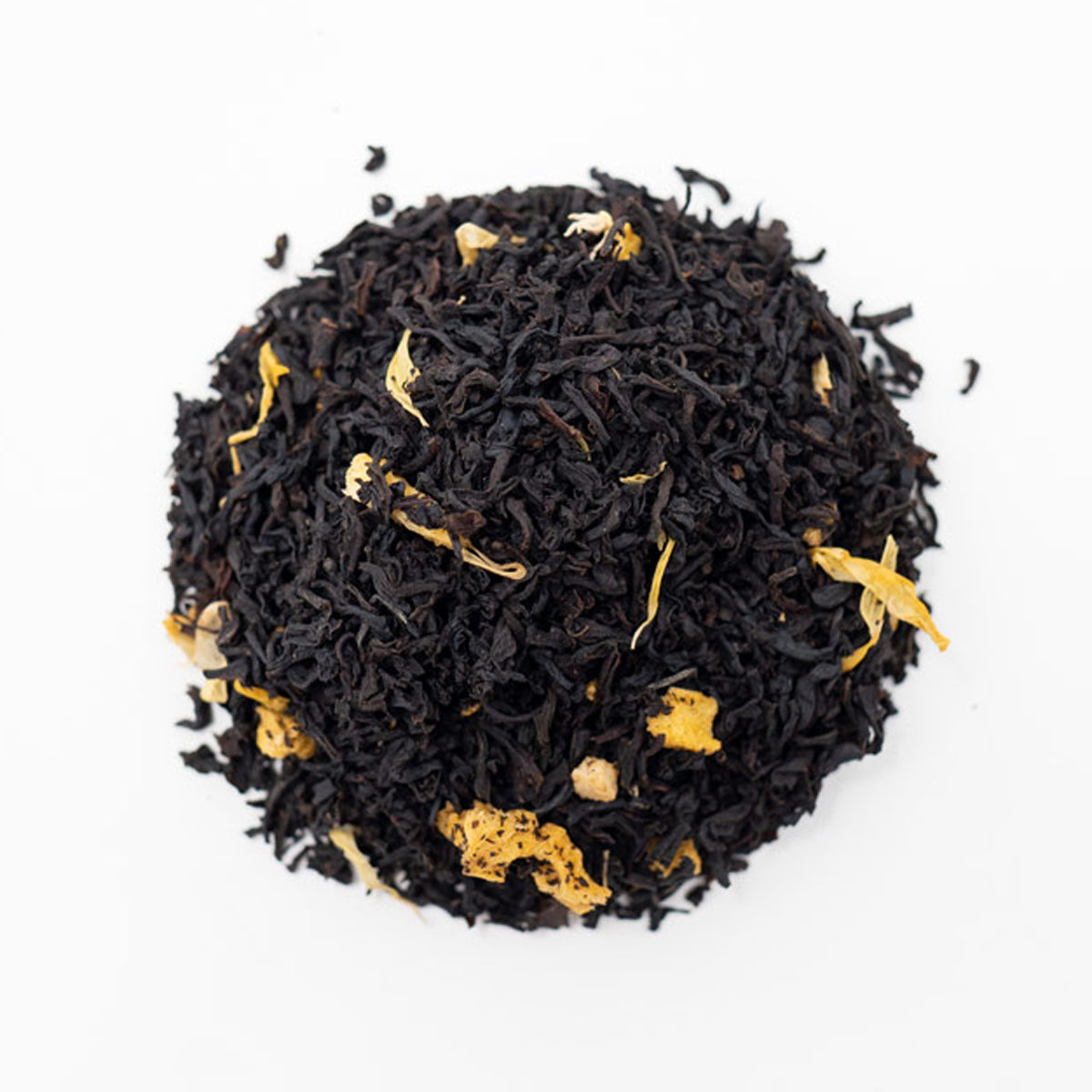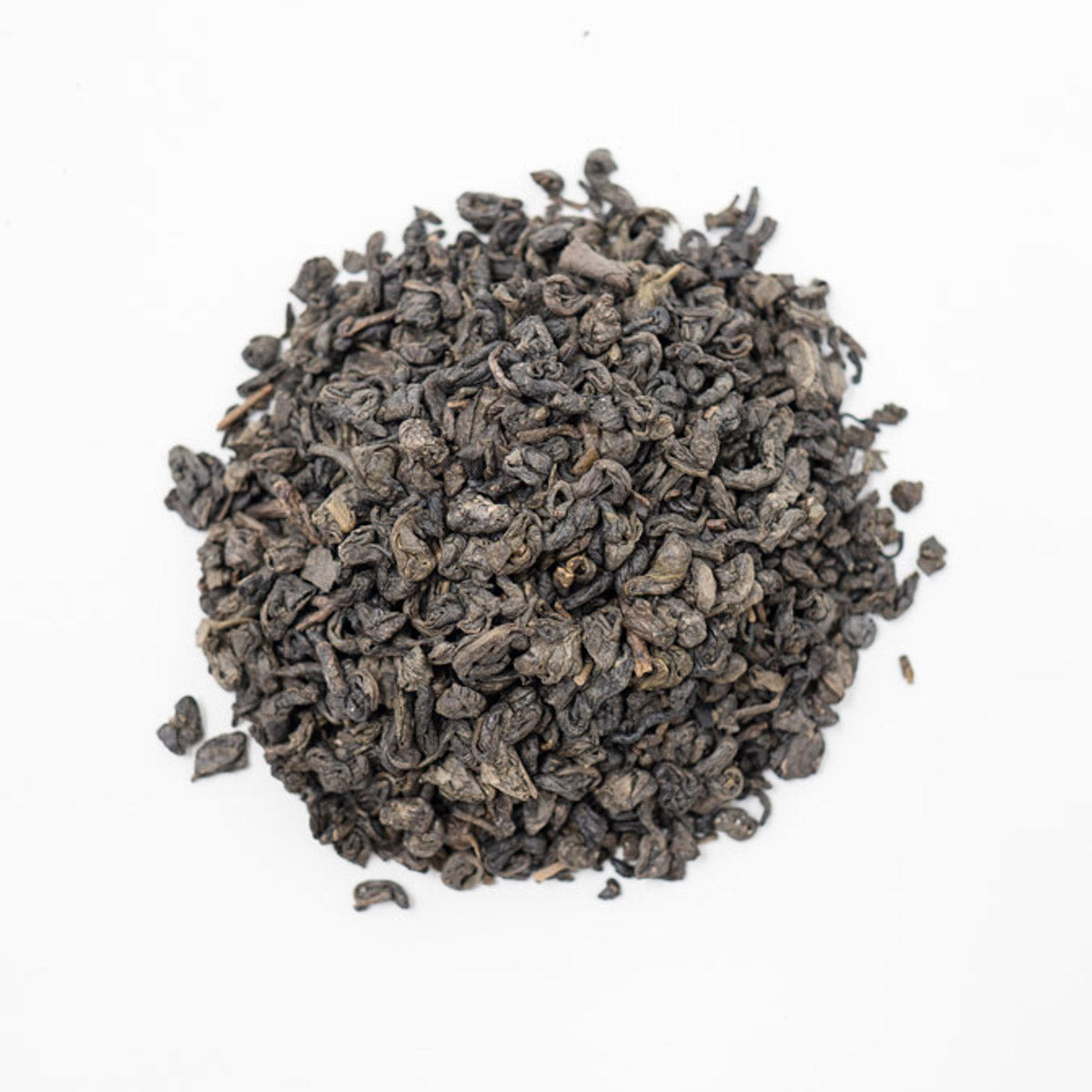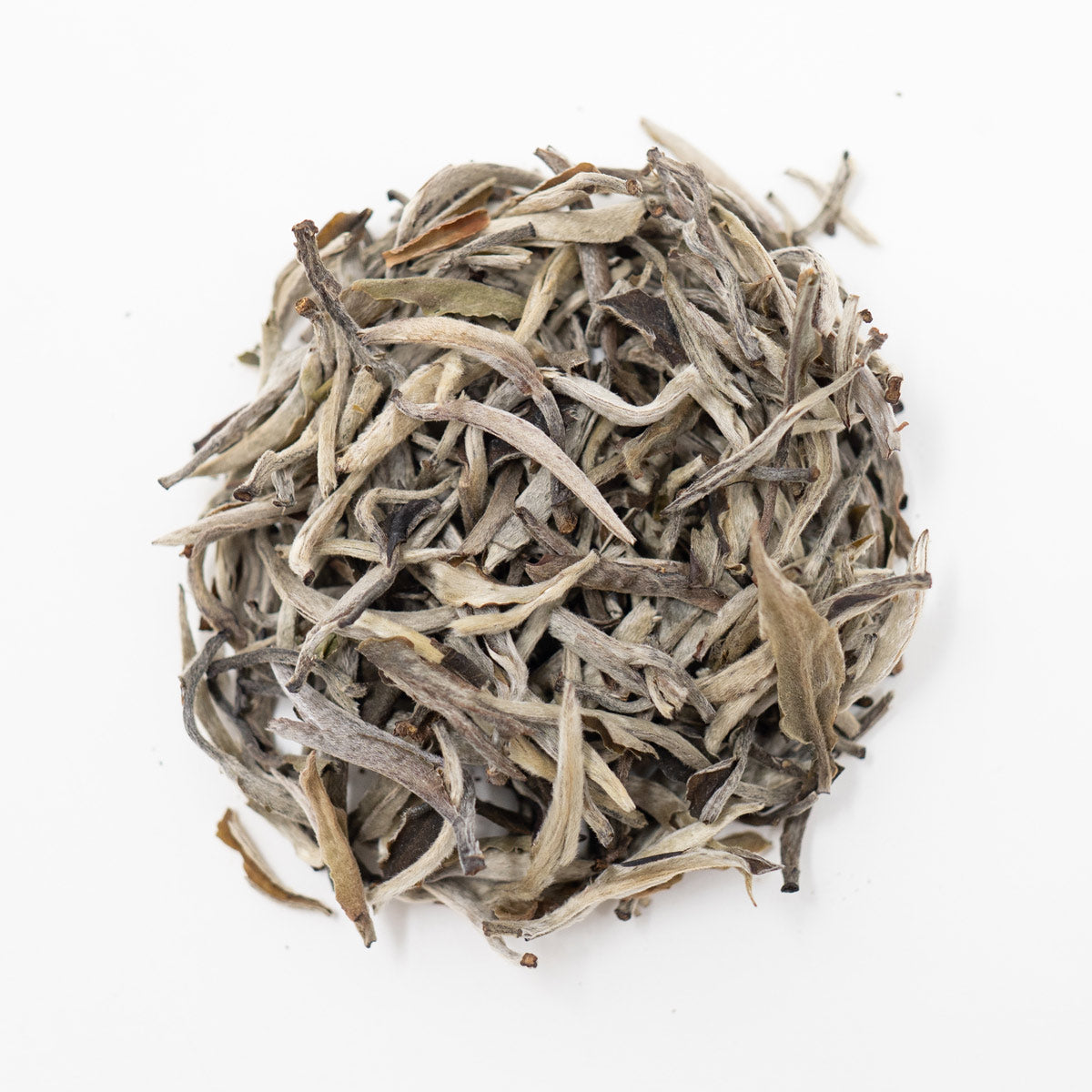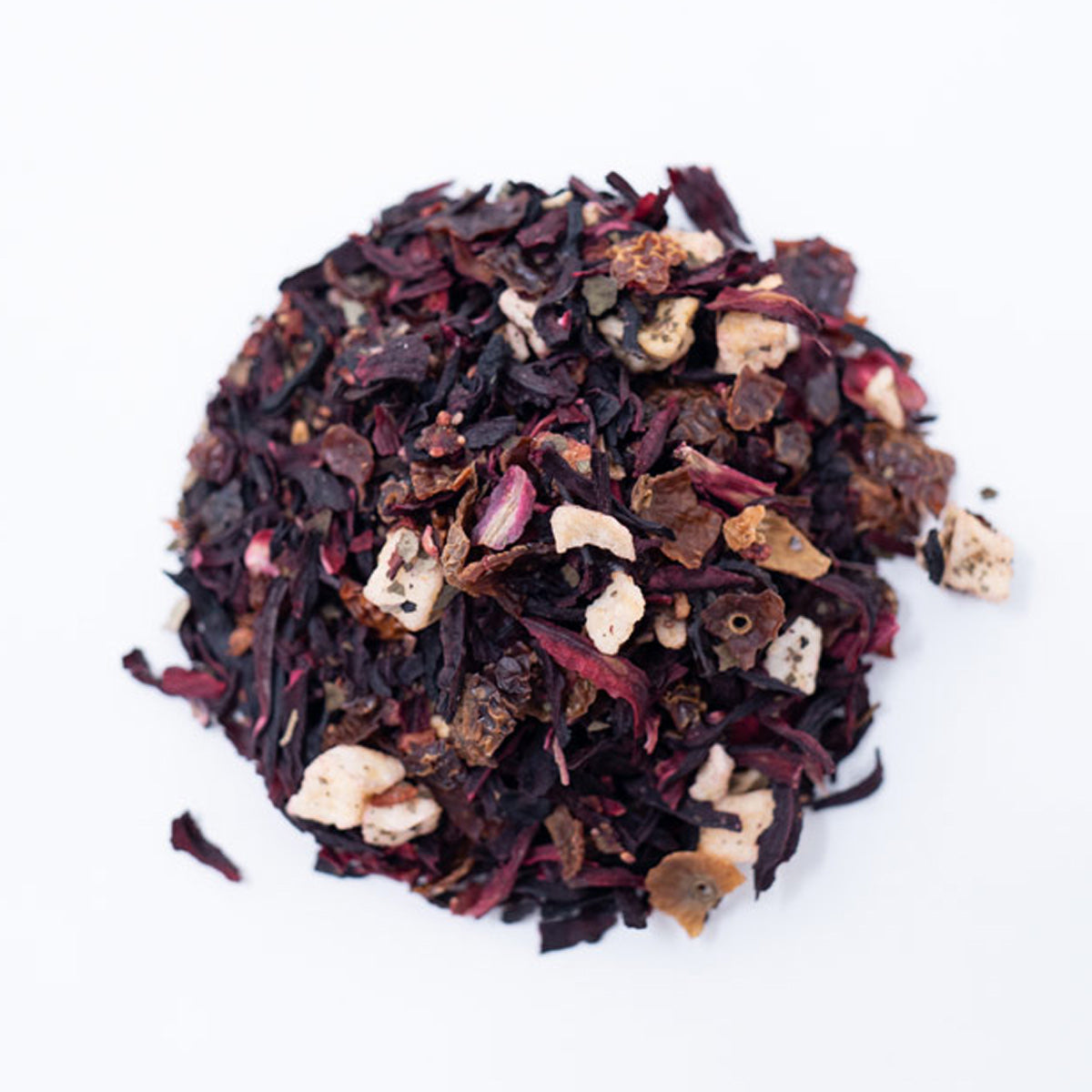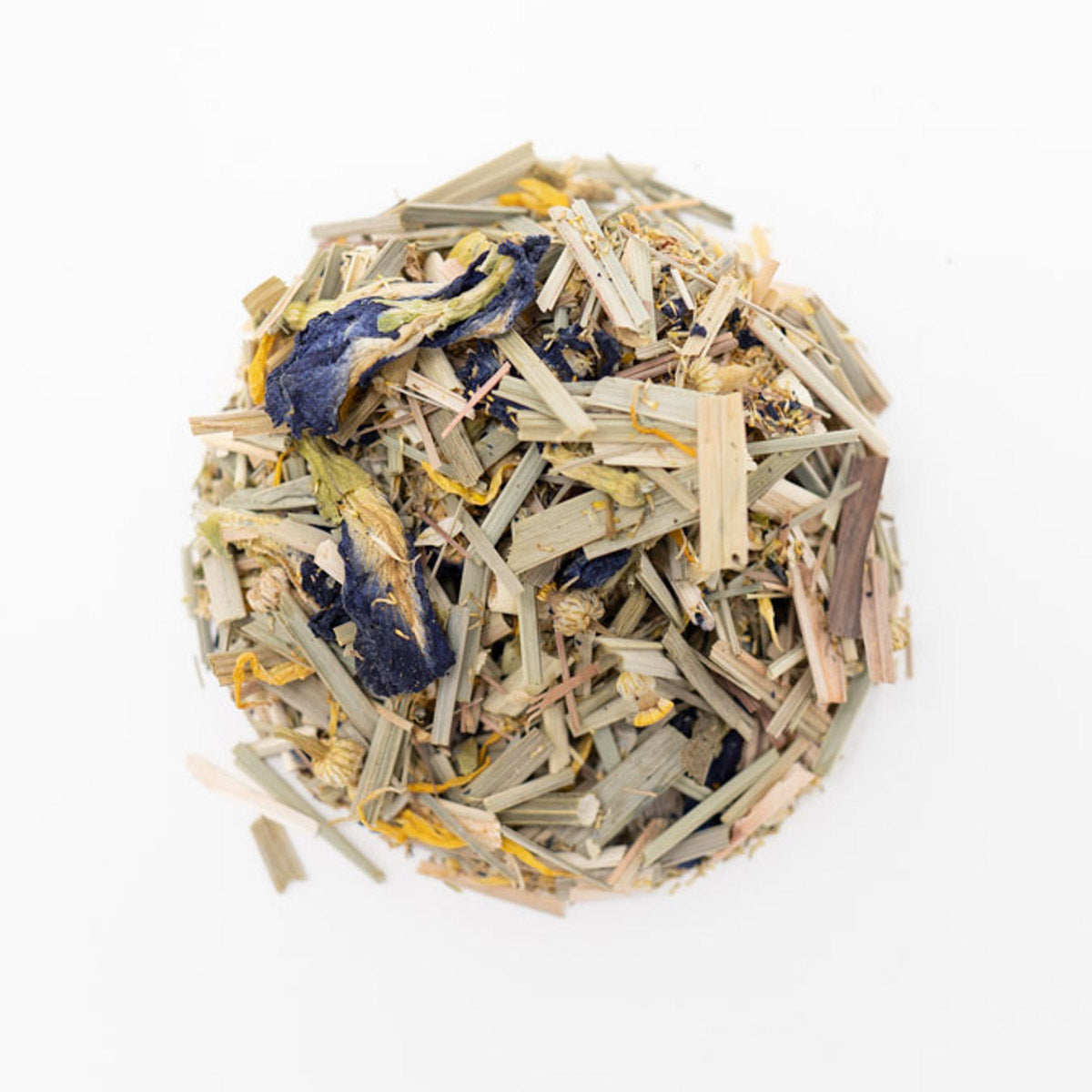South Africa | An Underdog Region Making an Impact with Their Indigenous Teas
When one thinks about the origins of tea, countries like China and India will often come to mind. During our journey of tea origins, we have discovered many other less known countries that have established delicious tea and created successful tea markets. Africa is another region that has contributed significantly to the tea community by harvesting its own indigenous teas and becoming one of the world's largest tea exporters. Along with Egypt (which we have discussed in a past blog), there are a handful of African countries responsible for harvesting some of the world's finest loose-leaf tea. Kenya is known for its brisk and robust black and purple tea, and Tanzania produces a delicious orange pekoe. South Africa is recognized for its innovation of Rooibos and Honeybush tea. Our main focus will be on South Africa, where our rooibos and selection of herbal teas originate.
Africa's Tea Origin Story
So, how did tea make its way to the African continent? Some of the first accounts of trade between China and different parts of Africa occurred during the 1300s and the beginning of the 1400s. During this time, traders from both Africa and China brought Camellia sinensis to many different countries around the continent. China then suddenly closed down its borders, and all tea trade stopped. It was not until the 1600s when tea was reintroduced to the Eastern coast of Africa by Dutch and Portuguese traders. Ports and trade capitals sprang up along the coast as Camellia sinensis began to be combined with local African herbs, spices, and hospitality traditions.
As tea became more popular worldwide, the European empires wanted to ensure they could source tea from their colonies instead of relying on exports from China. In the late 1800s and throughout the 1900s, several countries became sites of bountiful tea plantations. Malawi, Kenya, Zimbabwe, Tanzania, Uganda, South Africa, Zambia, Burundi, Rwanda, and Cameroon became sites of tea production due to their ideal climates and growing conditions for the Camellia sinensis and herbal plants.
Post-colonial strife slowed down the tea production in Africa during the 1900s and 2000s. Still, in recent years the continent has become one of the top producers of tea worldwide. Both local and international companies recognized the importance of the tea trade in Africa. In 2015 alone, Africa's share of tea exports totaled $6.1 billion! The modern exporting industry in Africa has helped Kenya become the world's fourth-largest tea-exporting country in the world. With the surge of popularity in fair trade principles, African farmers can be rewarded for their hard work. The African country that contributes to the majority of herbal tea production and sales is South Africa.
Tea Production in South Africa
South Africa is a popular tourist destination and is loved for its wide-open landscapes, beautiful beaches, and exotic wildlife. It lies in the southernmost region in Africa, and measured by land area, is the 25th largest country in the world. The tea market in South Africa is not as extensive as some other African countries (ie, Kenya). Their total tea production constitutes less than 0.1% of the world's output. Due to their financial difficulties producing black tea, many tea plantations have shut down, and now, black tea is no longer one of their major crops.
The majority of the South African landscape is covered by desert or scrubland, and the climate is mostly dry and temperate. The country's highest rainfall occurs in the Eastern Cape Province, where their small amount of Camellia sinensis ("true tea") grows. The Western Cape Province has a more Mediterranean climate, where the winters are warm, windy, and wet, and the summers are hot, calm, and dry. The Western Cape is where South Africa's principal crops are grown and have the most hospitable growing environment for their two beloved teas, rooibos and honeybush.
The tea that South Africa is best known for producing and exporting (and the one we carry at Hackberry) is rooibos. Grown exclusively in the Western Cape province, this herbal tea is naturally caffeine-free and native to South Africa. These herbal, naturally caffeine-free teas are native to and grown exclusively in the Western Cape province of South Africa. The rooibos tea plant is endemic to South Africa and not cultivated anywhere else in the world. Although their production of black tea was unsuccessful, when it comes to rooibos, their business is thriving.
South African Rooibos Tea
Rooibos (pronounced "roy-boss") is grown in the mountainous region of Cederberg. Rooibos comes from the Aspalathus linearis plant, which is part of the legume plant family. The Rooibos plants have long skinny leaves with yellow flowers and are typically harvested in the summer. Once the plants are harvested and dried, the herbal infusion will create a reddish-brown cup. This unique color has dubbed rooibos as the "African red tea" or "red bush tea." Rooibos tea is unique in flavor and has a smokey yet sweet taste. It is often described as nutty with notes of caramel and vanilla. It is often compared to hibiscus and yerba mate teas. Rooibos is delicious brewed hot or iced.
Unlike the Camellia sinensis plant (black, green, and white tea) that has been around for 1,000 plus years, rooibos is quite young and has only been around for about 300 years. In the beginning, it was just harvested and brewed by the locals. By the 1700s, Dutch settlers popularized the brewing of rooibos as a way to drink tea that was less expensive than black tea. It was not until the 1930s that rooibos became a commercial tea crop. By the early 2000s, it was implemented into cooking and cosmetic products.
South African is also the primary grower of honeybush, an herbal tea closely related to rooibos. Honeybush is slightly sweeter than regular rooibos. The name comes from the honey scent that the leaves of the cyclopia plant. These plants are indigenous to Africa and only grow in a small region in the South.
Health Benefits of Rooibos Tea
Along with its beautiful color and delicious flavors, rooibos has many health benefits. It contains vital minerals, including calcium, iron, magnesium, and zinc, high levels of vitamin C, and powerful antioxidants such as aspalathin. This array of vitamins and minerals will help build strong bones and boost a healthy immune system.
As I mentioned earlier, rooibos is used in many cosmetic products. This is due to alpha hydroxy acid and zinc, two minerals found in rooibos. Alpha hydroxy acid is one of the main ingredients in chemical peels and can help reduce wrinkles. Zinc is known to help with the appearance of acne and eczema. In addition to healthy, glowing skin, rooibos has anti-inflammatory properties that assist in reducing inflammation and relieving aches and pains, such as stomach cramps or arthritis.
Many people drink rooibos tea to prevent or alleviate allergy symptoms. Much like an antihistamine, rooibos has bioactive flavonoids that work to block mast cells responsible for releasing histamine. If you are like me and have horrible allergies, then rooibos tea is a must-have. While rooibos tea can help in many ways, it is always essential to confer with a medical professional about any health concerns.
While tea production in South Africa may not yet be as famous as Asian countries like China and India, an increase of tea (primarily herbal) is being cultivated and exported from South Africa each year. South Africa, and Africa as a whole, is quickly making a name for themselves by producing premium, specialty tea. The production and worldly export of tea have helped boost these tea-growing countries' economies and provide a consistent stream of revenue. If you are interested in tasting what South Africa has to offer, be sure to check out our versatile selection of herbal teas!
